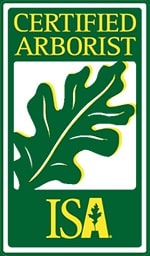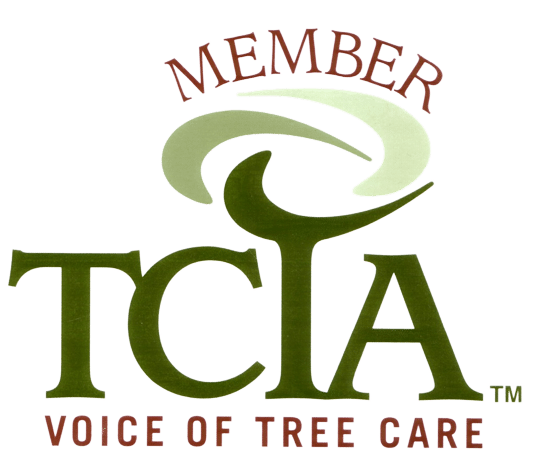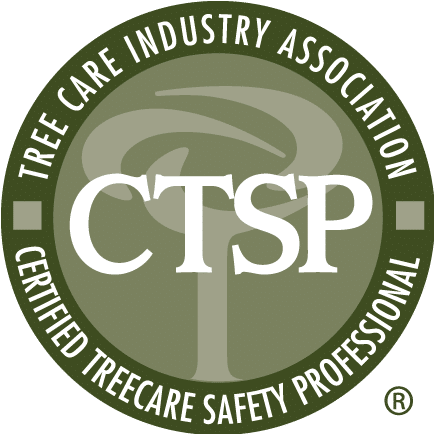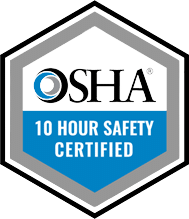Contact Us for Professional Tree Services in Brookline.
A leader in tree care and tree removal since 1993
Homeowners in Brookline, MA, understand the importance of property maintenance, including caring for their trees. Marquis Tree Service is here to assist with all your tree service needs, from emergency services and routine maintenance to optimizing overall health for increased longevity. We’re proud to provide expert assistance in Brookline and the surrounding areas!
With three decades of experience in tree care and removal, we have earned the trust of our customers by providing the highest quality services with unparalleled customer satisfaction. Our team’s commitment to excellence ensures that you can rest assured your trees are constantly being handled safely and professionally.
Determining if a tree needs to be removed involves considering several factors. Here are the steps to help you make an informed decision:
Marquis Tree Service will evaluate the tree’s health, structure, and location to determine if it poses a safety hazard or is in danger of falling. Contact us today.
Whether tree removal is covered by insurance depends on the specific circumstances and insurance policy. Here are some key points to consider:
To determine the specific coverage for tree removal, review your homeowner’s insurance policy or consult your insurance provider. They can guide you on what is covered and assist you with any claims process if necessary.
Yes, pruning trees during the winter is possible and beneficial in certain situations. Here’s some information to consider:
Consider consulting with a professional service to determine if winter pruning is appropriate for your trees. They can assess the condition of your trees, advise on the timing and extent of pruning needed, and perform the pruning safely and effectively.
Contact us today for more information.
Trimming or removing trees near power lines is a specialized task that requires professional expertise. Here’s some information to consider:
Remember, the safety of the tree workers and the general public is of utmost importance when dealing with trees near power lines. Hiring professionals who specialize in this type of work ensures that the task is performed safely and efficiently and complies with the necessary regulations and guidelines.
Marquis Tree Service has many years of experience working near power lines and follows all safety protocols to prevent accidents and power outages.
With 30 years of experience and a commitment to client satisfaction, Marquis Tree Service proudly offers the best tree care services in Brookline, MA.
We offer the following services: Tree Removal, Tree Pruning, Stump Grinding, Crane Assisted Tree Removal, Land Clearing and Emergency Tree Services.
We are ISA (Certified Arborist), MAA (Massachusetts Arborists Association), Member of TCTA (Voice of Tree Care), CTSP (Tree Care Industry Association), HSHA Certified, and EHAP (Electrical Hazards Awareness Program).
Cost will vary depending on the situation. For a free quote, contact us today.
Tree trimming and tree pruning are often used interchangeably, but they are two distinct practices with different purposes. Tree trimming generally refers to the process of removing excess foliage, such as branches and leaves, to improve the tree’s appearance or to clear away obstructive growth. It focuses on shaping the tree’s canopy and maintaining its size and overall aesthetic. On the other hand, tree pruning involves the selective removal of specific branches to improve the tree’s health, structure, and growth patterns. Pruning targets dead, diseased, or damaged branches, as well as those that may pose a safety risk or inhibit the tree’s growth. Both tree trimming and pruning are essential components of tree care and maintenance, and they are often performed by certified arborists or professional tree service providers in Brookline, MA.
The best tree pruning services in Brookline, MA, are typically provided by certified arborists or reputable tree service companies with expertise in tree care and maintenance. When seeking tree pruning services, look for companies or arborists with a track record of providing high-quality service, knowledgeable staff, and a commitment to tree health and safety. Consider asking for recommendations from friends, neighbors, or local gardening clubs, and read online reviews to gauge the reputation and reliability of tree pruning service providers in Brookline. Additionally, inquire about the specific pruning techniques and practices used by the company to ensure that they align with industry standards and promote the long-term health and vitality of your trees.
Whether you need a permit to cut down a tree in Brookline, Massachusetts, depends on local regulations and ordinances. In some cases, permits may be required for tree removal, especially for trees located in designated conservation areas or protected by local tree ordinances. Additionally, permits may be necessary for certain tree removal activities that involve protected trees or significant environmental impact. It’s essential to check with the Brookline town or city government or consult with a professional tree service company familiar with local regulations to determine if permits are needed for your tree removal project.
Whether home insurance covers tree removal in Brookline depends on the circumstances surrounding the tree’s removal and your insurance policy’s coverage. Generally, home insurance policies may cover tree removal if the tree falls on a covered structure such as a house, garage, or fence due to a covered peril such as a storm, lightning, or wind. However, coverage may vary between policies, and certain limitations or exclusions may apply. It’s essential to review your specific insurance policy or consult with your insurance provider to understand the extent of your coverage for tree removal in Brookline, MA.
The cost to remove a fallen tree near your house in Brookline, MA, depends on factors such as the size and condition of the tree, its location, and any potential hazards or obstacles involved in the removal process. On average, removing a fallen tree near a house in Brookline can range from $500 to $2,000 or more. Factors such as accessibility, complexity of the job, and the need for additional services like stump removal can affect the overall cost. It’s recommended to contact professional tree removal companies in Brookline for estimates tailored to your specific situation.
Tree removal is the process of taking down a tree, including the root system, and removing it from the property. This service is typically required when a tree is dead, diseased, or poses a safety hazard.
Tree pruning is the process of removing dead, diseased, or overgrown branches from a tree in order to improve its health, appearance, and safety.
Stump grinding is the process of using specialized equipment to grind a tree stump down to below ground level. This is typically done after a tree has been removed in order to remove the remaining stump and make the area safer and more attractive.
Crane assisted tree removal is a method of removing a tree using a crane in conjunction with other specialized equipment. This method is typically used for larger trees that cannot be safely taken down using conventional methods, or for trees that are located in difficult-to-reach areas.
Land clearing service involves the removal of trees, brush, and other vegetation from a plot of land. This service is typically used for new construction, agriculture, or to create firebreaks. It may also include the removal of stumps, rocks, and other debris to prepare the land for further use.
Emergency tree services are critical when a fallen tree threatens your home or property, or poses a safety risk. Our team is available 24/7 to handle any tree-related emergency, including fallen or damaged trees, storm damage, or hazardous trees. We have the experience, tools, and expertise to assess the situation.
Tree and shrub health care is a specialized service focused on the diagnosis, treatment, and prevention of diseases and pest infestations that affect woody plants in residential and commercial landscapes. This comprehensive approach includes soil analysis, targeted fertilization, preventative treatments, and ongoing monitoring to maintain plant vigor, extend longevity, and preserve the aesthetic and ecological value of trees and shrubs.
GIVE US A CALL TODAY!












